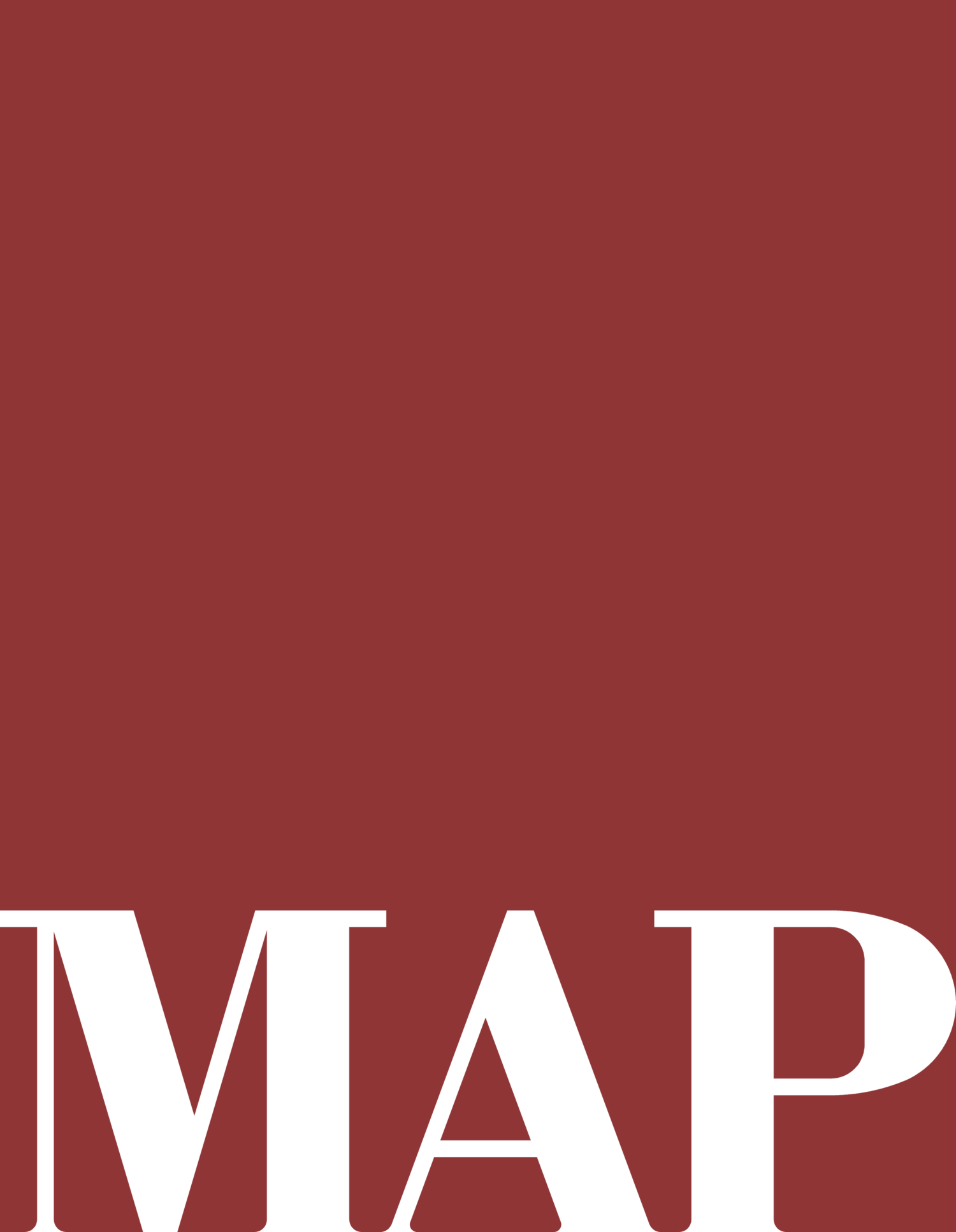What we can learn from Nordic countries about affordable housing
Everyone is talking about making New York housing more affordable and plentiful. But there are lessons from a unique "home-centric" culture that shouldn’t be overlooked.
As an Iceland-born architect who has been designing housing in New York for more than 30 years, I’ve seen the achievements and failures of our system—and I’ve seen solutions from the Scandinavian countries that can work here.
The Nordic countries—Denmark, Sweden, Norway, Finland and Iceland—have always been centered on home. Their culture has a concept called "hygge" (Danish) or "hugg" (Icelandic-old Norse) that captures the ideal of a Nordic home: warm, welcoming and comfortable, a place where you are safe and your heart resides. The tradition underpins the priority these countries give to quality housing.
Emerging from the great economic hardships of the 1930s, these countries developed policies whose foundation mandated that government and institutions protect and promote economic and social well-being—a public responsibility to everyone. These egalitarian models created a safety net for the lowest-income citizens, particularly through programs such as public and social housing, facilitating a more integrated and true middle class.
Five examples
Almost 20% of Swedes live in “public housing,” which is open to any income level and essentially means affordable housing run by local municipalities. It is integrated into the city to the same standards as private development, with the joint mandate of affordable rent and fiscal responsibility, so that the housing is maintained for the long term. This public housing is very different from ours, a clear reminder of the investment and community connection that are often lacking in New York.
For more than several decades, Finland has been a world leader in steadily reducing its homeless population by providing permanent supportive housing. In doing so, vulnerable people are stabilized faster, placed back into employment, and integrated into society with better results than our shelter system, and at lower long-term cost. Advocates have been pushing for this here for many years, and the data is clear that it works.
In Norway, which has a homeownership rate of 80%, a large proportion of homes are cooperatives managed by cooperative housing associations, designed to help people get a foothold on the economic ladder and participate in creating wealth through homeownership. Co-ops have long been a staple of New York housing, and we should start building more of them in our pursuit of an equitable city.
Denmark is creating award-winning mixed-income housing design that enhances its cities. Government-sponsored competitions create inspired community assets and cast housing as civic architecture, along the way improving neighborhoods and the lives of those who live in these buildings. The best affordable housing confers double or triple bottom-line returns for communities throughout the city, which we should replicate across New York’s multifamily landscape.
In my native Iceland almost all housing is supplied with geothermal hot water for heating and domestic use, and 100% of electricity comes from renewable hydroelectric plants. These natural resources are government regulated and provided to its citizens at a very low cost. This renewable energy infrastructure helps to keep the country’s housing affordable. We can and should commit to building housing with clean renewable energy in New York.
We can learn from and emulate the Nordics’ approach to housing as a critical infrastructure for society. A new commitment to a quality home for all New Yorkers can be a model.

